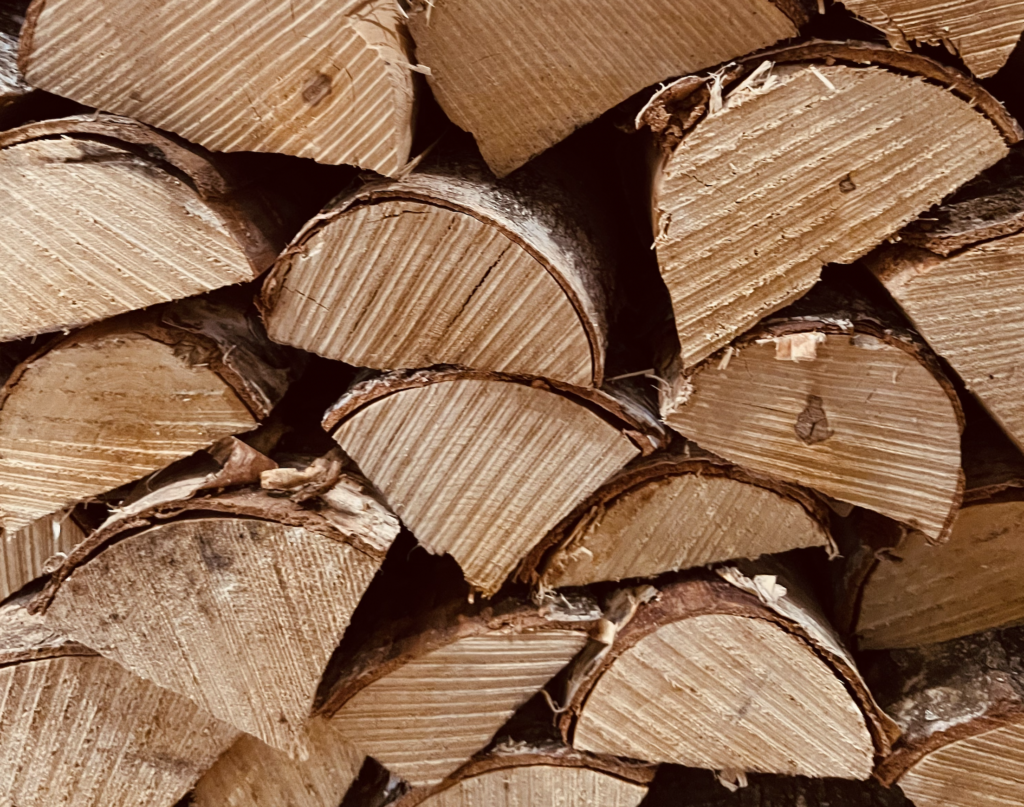So far, this winter (2023/2024) has not been overly harsh. That said, we are still in February, and things can change very quickly. But like with the last few years, there will be many who will struggle with the cost that comes with heating a home. While using a stove can be a great way to save money and heat your home in an environmentally friendly way, wood still costs money.
The energy crisis, which has been in force pretty much for the last two years when Russia invaded Ukraine, has significantly changed the wood-burning stove market in the UK. Despite the all too common misinformation in the media, which fails to differentiate between open fires and high-efficiency wood-burning stoves, sales continue to increase as people start seeing the significant benefits of wood. The SIA (Stove Industry Alliance) reported an increase in sales of wood-burning stoves of around 30% over the last two years.

The Cost of Wood – The Alternative Option:
With the cost of heating our homes accounting for the biggest chunk of home energy bills in winter, it’s no surprise people are looking for alternatives to supplement their gas or electric heating. Couple that with a growing awareness of how stretched the national grid is, the option to use a highly efficient, low-carbon wood-burning stove to heat your main living space makes good sense.
As demand for wood-burning stoves increased, not just in the UK but globally, there quickly became a potential shortage of firewood just after the Russian invasion of Ukraine in February 2022. Things are not much better today, with some supply shortfalls still evident. However, even with the increase in firewood prices and supply issues, logs are still one of the cheapest forms of domestic heating, costing households 69.3% less per kWh than electric heating.
So it’s fair to say using logs can be a cheap alternative, costing homeowners around 8.4p per kWh, which is similar to gas, but a huge 69.3% decrease in cost compared to electricity, which currently stands at around 27.35p per kWh as of February 2024. That said, electricity is actually coming down in price a little. Back in October 2022, it was 34p per kWh.
The SIA estimates that a wood-burning stove uses about five logs to produce 4kW of heat over five hours. In comparison, an open fire uses around 16.
When you work out the costings, you need to look at the cost of wood at the point of purchase. Kiln-dried logs cost around £160-£220 (as of Feb 2024) per cubic meter. The typical Ecodesign stove will use about 3.5 cubic meters in a normal heating season, assuming you have it on during the evenings and weekends. The cost would, therefore, range from between £560 and £770 a year.
These are only very general figures based on a typical-sized home with typical usage.
The current energy price cap is £1,928 (1 Jan to 31 March 2024). If you divide that by 12, that works out at £160.66 a month. So over the six months from mid-October to mid-April, that would be £964.00. But that’s not the full story as during these winter months
The current energy price cap is £1,923 a year.
If you divide that by 12, that’s £160.25 a month – so over the six months from mid-October to mid-April, it would be £961.50.
However, the figure is actually likely to be higher because households typically use the bulk of their energy in the winter months – the same period when a wood-burning stove is in use.

Helping your central heating
As logs are a cheaper energy source, a stove can certainly supplement your central heating. According to the Energy Saving Trust, you can save £80 a year for every 1-degree reduction in thermostat temperature. If you drop your heating from 21 degrees to 15 degrees, that’s almost a £500 cost saving a year – but we don’t expect you to freeze. With the low cost of burning wood, you could turn your thermostat right down to 15 degrees and use a wood-burning stove to help maintain a comfortable room temperature. The rest of the house you’re not in will still have some degree of warmth, perhaps not enough to relax in during the evening, but warm enough when you go up to bed.
Can you grow your own firewood?
It’s certainly not realistic for all, but there are people who can and do grow their own firewood. Using the Coppice Rotation Method means you can actually produce a good amount of wood in a short period of time. Coppicing is a method of managing woodlands that focuses on the capacity of many species of trees to put out new shoots from their stump or roots when they are cut down.
In a coppiced wood, young tree stems are repeatedly cut down to almost ground level, leaving a stump. After a few years, new growth shows, making harvesting possible again. Pollarding is a similar process carried out at a higher level on the tree.
You don’t need acres of woodland, as you would imagine. As little as 10 x 15m space (half the size of an allotment) would provide around one tonne of firewood every five years. This means a very healthy supply of firewood each year, around 200kg, which is more than enough for most households over the winter months. This is a sustainable, environmentally friendly and free way to keep warm!








